[Top 3] Baldur's Gate 3 Best Druid Subclasses
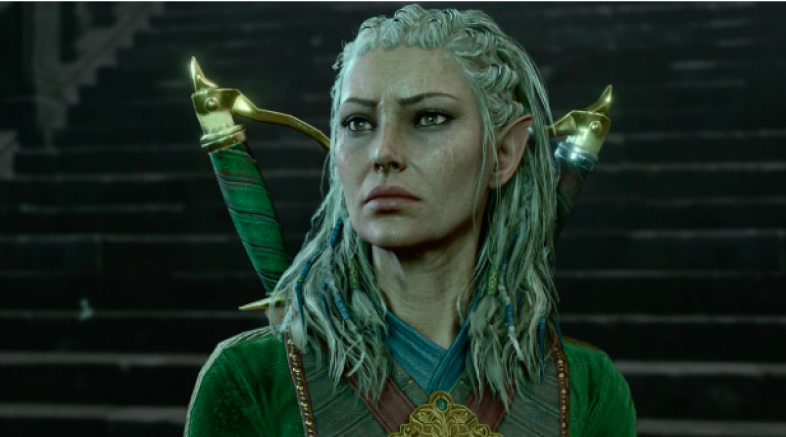
Are you considering playing as a druid in Baldur’s Gate 3? This article ranks the top druid subclasses in the game from good to best. Grab your quarterstaff and get ready to fight some goblins as these top druid subclasses.
Circle of the Land (Good)
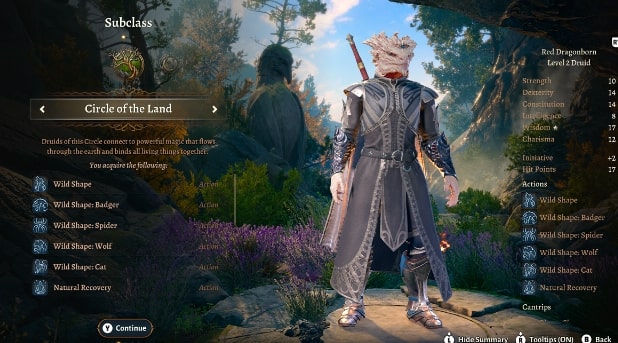
A Circle of the Land druid
Are spells your favorite aspect of playing as a druid? Circle of the Land druids focus primarily on traditional spell-casting. They use their magic more frequently and freely than the other subclasses. They thrive on their connection to the magic deep within the Earth.
This subclass comes with an extra cantrip on top of Natural Recovery, allowing the druid to recharge used spells once a day. Various spells are attached to the Circle of the Land, depending on the type . These types include:
- Arctic: Hold Person, Spike Growth
- Coast: Mirror Image, Misty Step
- Desert: Blur, Silence
- Forest: Barkskin, Hold Person
- Grassland: Invisibility, Pass Without Trace
- Mountain: Mirror Image, Spike Growth
- Swamp: Melf’s Acid Arrow, Darkness
- Underdark: Web, Misty Step
Circle of the Land druids rarely use WildShape in combat, but they gain access to certain spells earlier than other subclasses. They can also cover large areas during combat, making terrain difficult to navigate for enemies.
The Circle of the Land druid excels in:
- Spellcasting: More spells are available sooner than the other subclasses.
- Recovered spell slots: Natural Recovery allows you to replenish spell slots once a day.
- Area of Effect: Certain spells make larger areas of terrain dangerous during combat.
Subclass details:
Level 2
- Natural Recovery (Action)
- Pick an additional Druid Cantrip (Cantrips)
Level 3
- Choose Level 2 Circle Spells (Arctic, Coast, Desert, Forest, Grassland, Mountain, Swamp, Underdark) (Class Feature)
- +1 Natural Recovery Charge
Level 5
- Choose Level 3 Circle Spells (Arctic, Coast, Desert, Forest, Grassland, Mountain, Swamp, Underdark) (Class Feature)
- +1 Natural Recovery Charge
Level 6
- Land's Stride: Difficult Terrain (Class Feature)
Level 7
- Choose Level 4 Circle Spells (Arctic, Coast, Desert, Forest, Grassland, Mountain, Swamp, Underdark) (Class Feature)
- +1 Natural Recovery Charge
Level 9
- Choose Level 5 Circle Spells (Arctic, Coast, Desert, Forest, Grassland, Mountain, Swamp, Underdark) (Class Feature)
- +1 Natural Recovery Charge
Level 10
- Nature's Ward (Class Feature)
Level 11
- +1 Natural Recovery Charge
Circle of the Spores (Excellent)
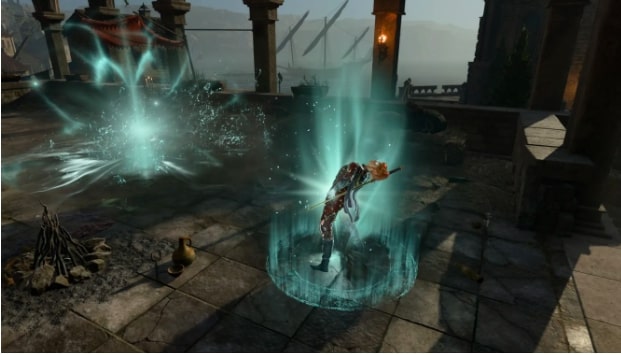
A Circle of the Spores druid casting a spell
Are you intrigued by the concept of zombies and decay? While the other subclasses focus on plants and shapeshifting, this subclass explores the darker side of being a druid, such as necromancy. While Circle of the Spores druids can use WildShape as well, the ability to summon poisoning clouds, zombies, and various diseases is a major perk. This class focuses on manipulating spores as you harm your foes and heal yourself.
Circle of the Spores druids also gain unique spells and abilities at new levels. This includes the Halo of Spores (Level 2) and Symbiotic Entity (Level 2), allowing them to deal extra necrotic damage. This subclass also gains the Bone Chill cantrip, which deals necrotic damage and slows an enemy’s ability to heal during combat.
Those interested in necromantic abilities will be pleased to unlock the Animate Dead spell at Level 5. Other powerful spells, such as Blindness (Level 3) and Confusion (Level 7) are directed at slowing enemies. This subclass also exceeds in disease with the Contagion (Level 9) spell. Fungal Infestation (Level 6) and Spreading Spores (Level 10) are other powerful spells exclusive to the Circle of Spores druid subclass.
The Circle of the Spores druid excels in:
- Necrotic damage: Multiple spells allow them to deal necrotic damage during combat
- Slowing enemies: Slow or even stop enemies with various spells
- Unique options: The other druid subclasses focus on traditional druid play styles, this subclass has unique advantages
Subclass details:
Level 2
- Halo of Spores (Reaction)
- Symbiotic Entity (Action)
- Circle Spells (Bone Chill) (Cantrip)
Level 3
- Circle Spells (Blindness & Detect Thoughts) (Spell)
Level 5
- Circle Spells (Animate Dead & Gaseous Form) (Spell)
Level 6
- Fungal Infestation (Action)
Level 7
- Circle Spells (Blight & Confusion) (Spell)
Level 9
- Circle Spells (Cloudkill & Contagion) (Spell)
Level 10
- Spreading Spores (Class Feature)
Circle of the Moon (Best)

A Circle of the Moon druid
Do you love the idea of turning into a Raven? Circle of the Moon druids rely on Wildshape more than any other subclass and have access to shapes other subclasses don’t. Halsin is a default Circle of the Moon druid, making this subclass one of the most popular to play as.
While in combat, the druid can transform as a bonus action rather than as a full action, so Wildshape is more easily accessible during a fight. This subclass also includes the Lunar Mend ability, allowing the player to use spell slots to heal themselves while transformed.
The Circle of the Moon druids also gain access to stronger Wildshape forms more quickly than other subclasses. For example, the Deep Rothe form is achieved at level 3 instead of level 4 and there are other shapeshifting forms exclusively available to this subclass, such as a Sabre-Tooth Tiger (Level 8) and Dire Raven (Level 3). An additional ability, Primal Strike, is available at Level 6. This treats their natural attacks as magical, helping them overcome any damage while transformed in Wildshape.
The Circle of the Moon druid excels in:
- WildShape forms: This subclass has the widest variety of shapeshifting forms
- Healing in combat: The Lunar Mend ability provides healing in your WildShape form
- Resistance to damage: While in beast form, your attacks count as magical
Subclass details:
Level 2
- Lunar Mend
- Combat Wild Shape
- Wild Shape: Bear
Level 4
- Wild Shape: Dire Raven
Level 6
- Primal Strike
Level 8
- Wild Shape: Sabre-Toothed Tiger
Level 10
- Wild Shape: Air Myrmidon
- Wild Shape: Earth Myrmidon
- Wild Shape: Fire Myrmidon
- Wild Shape: Water Myrmidon
You may also be interested in:
[Top 5] Baldur's Gate 3 Best Druid Builds
- Log in or register to post comments
 Home
Home PC Game Trailers
PC Game Trailers News
News Menu
Menu



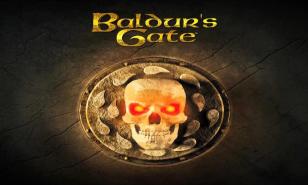

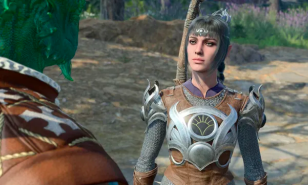

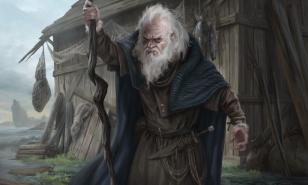
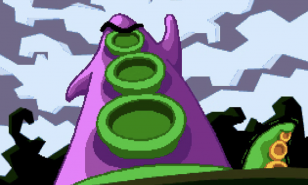
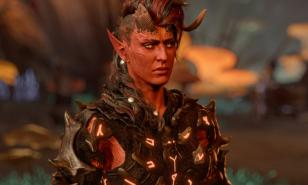
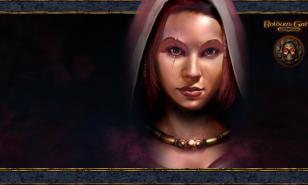
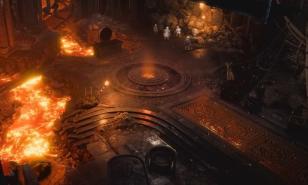



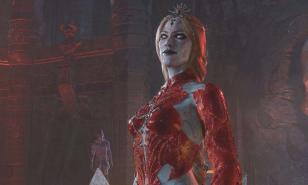
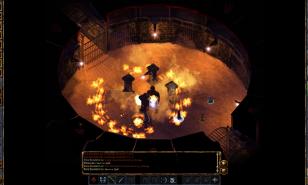
![[Top 10] Baldur's Gate 3 Best Multiclass Builds That Are Powerful [Top 10] Baldur's Gate 3 Best Multiclass Builds That Are Powerful](https://www.gamersdecide.com/sites/default/files/styles/308x185-scale-crop--more-top-stories/public/baldurs-gate-3-best-multiclass-builds-that-are-powerful.jpg)
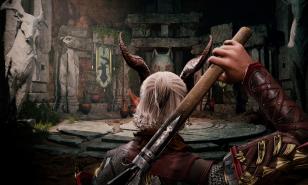
![[Top 10] Games Like Disco Elysium (Games Better Than Disco Elysium In Their Own Way) 10 Games similar to Disco Elysium](https://www.gamersdecide.com/sites/default/files/styles/308x185-scale-crop--more-top-stories/public/disco_elysium_like_games_blog_cover.jpg)

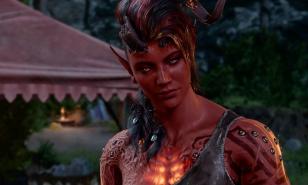
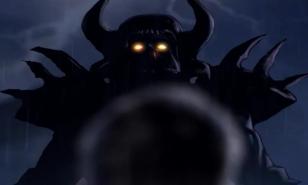
![[Top 5] Baldur's Gate 3 Best Shadowheart Builds That Are Powerful [Top 5] Baldur's Gate 3 Best Shadowheart Builds That Are Powerful](https://www.gamersdecide.com/sites/default/files/styles/308x185-scale-crop--more-top-stories/public/baldurs-gate-3-best-shadowheart-builds-that-are-powerful.jpg)

![[Top 10] Biggest AAA Games of 2023 Biggest AAA Games Released In 2023](https://www.gamersdecide.com/sites/default/files/styles/308x185-scale-crop--more-top-stories/public/top_10_aaa_games_of_2023_header.jpg)
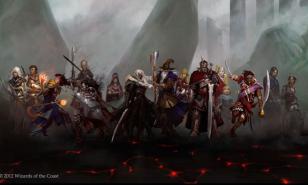
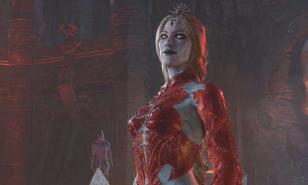

![[Top 5] Baldur's Gate 3 Best Gale Builds That Are Powerful [Top 5] Baldur's Gate 3 Best Gale Builds That Are Powerful](https://www.gamersdecide.com/sites/default/files/styles/308x185-scale-crop--more-top-stories/public/baldurs-gate-3-best-gale-builds-that-are-powerful.jpg)
![[Top 10] Baldur's Gate 3 Best Party Composition Ideas Baldur's Gate 3 Best Party Composition Ideas](https://www.gamersdecide.com/sites/default/files/styles/308x185-scale-crop--more-top-stories/public/bg3-best-party-composition-ideas-1.jpg)

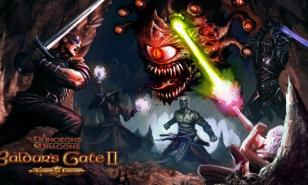
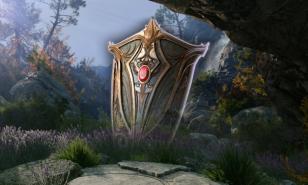
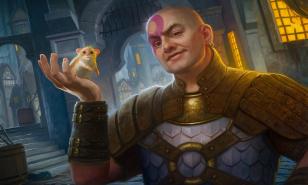
![[Top 5] Baldur's Gate 3 Best Astarion Builds That Are Powerful [Top 5] Baldur's Gate 3 Best Astarion Builds That Are Powerful](https://www.gamersdecide.com/sites/default/files/styles/308x185-scale-crop--more-top-stories/public/baldurs-gate-3-best-astarion-builds-that-are-powerful.jpg)

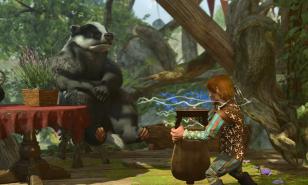
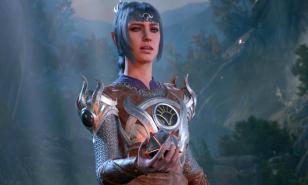
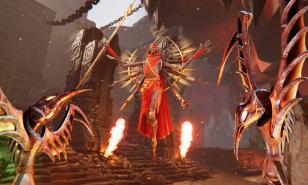
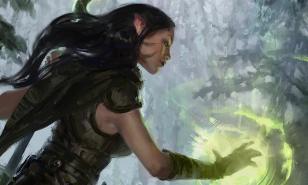
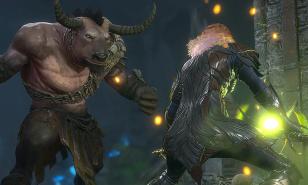

![[Top 20] Best Top Down Games For PC Best Top Down Games For PC](https://www.gamersdecide.com/sites/default/files/styles/308x185-scale-crop--more-top-stories/public/20_top-down_games_header.jpg)

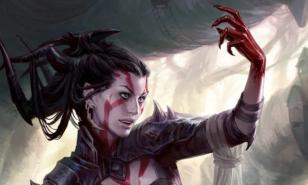

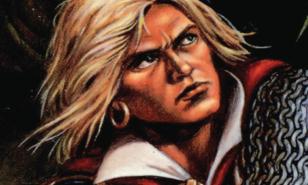
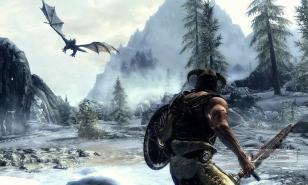
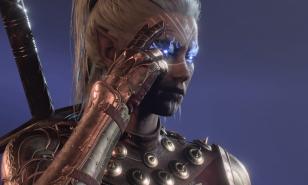
![[Top 3] D&D Best Monk Subclasses To Play](https://www.gamersdecide.com/sites/default/files/styles/308x185-scale-crop--more-top-stories/public/screen_shot_2022-02-11_at_12.25.31_am.jpg)
